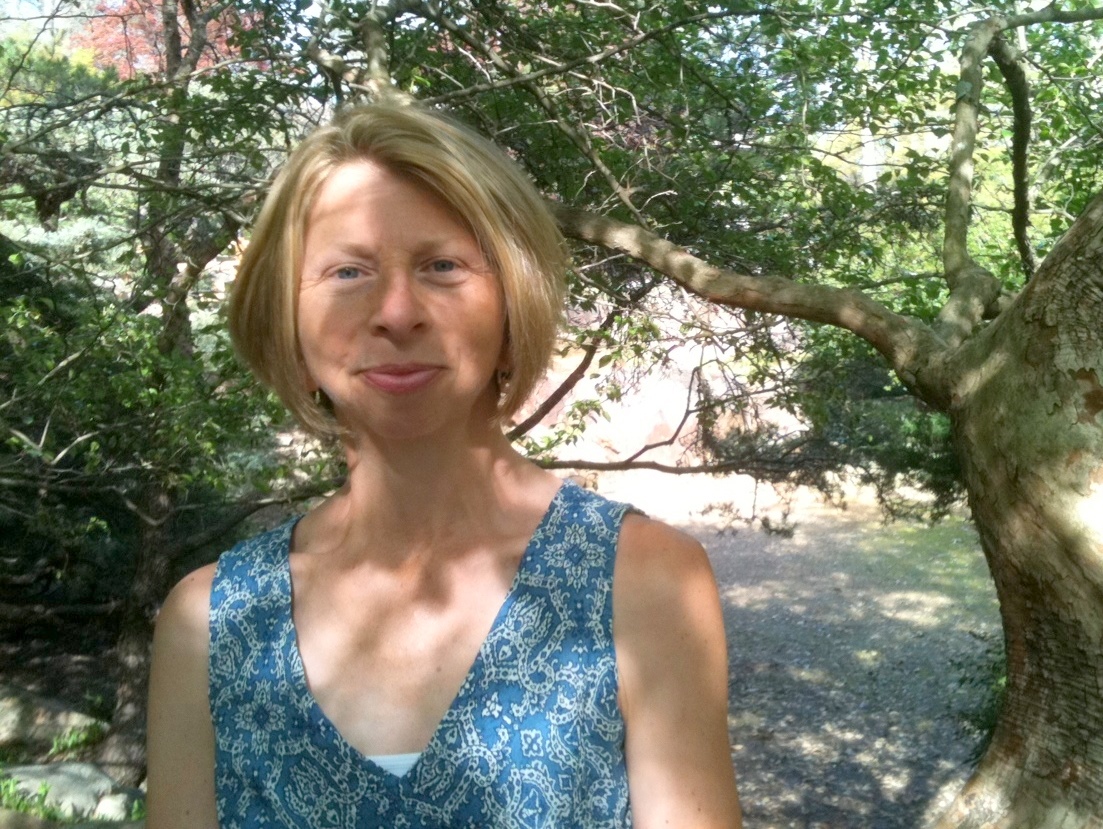Year after year at the Sacred Music Colloquium, some of the most beautiful, stable, and reliably accurate chanting has emerged from the choirs under the direction of Arlene Oost-Zinner. Why this is true becomes clear when you sit in the rehearsals. She holds the view that every single should be able to read and sing the chant on his or her own, and not merely depend on cues from neighbors or rote reproduction of what the director is demanding.
There is a huge difference between the two approaches. Too often scholas form around the abilities of a single person and others develop only the skill of echoing what the leader sings. This can work for years, even if it yields a sort of muddy and disorganized sound. The problem comes when the leader disappears and the group suddenly discovers that no one else really knows how to sing what they have only pretended to sing for years. It can be quite the revelation!
For this reason, she believes in teaching the details of everything that goes on in chant, from notes and rhythms to the delicate tasks of connection specific words to specific neumes. Her rehearsals, then, are not only about preparing the chants to be sung at liturgy the next day but about singing the chant in general. This is why her students are able to return to their parishes with a new artistic apparatus in place, one that can be applied at the local level and spread out from there.
I’ve variously stood at the side of the room and watched the faces of her students as she explains the way to sing this or that figure. Everyone is engaged very closely, listening very intensely, and then, when they learn something new, they have a look as if to think: “oh, now I understand this!” People report that the rehearsals go by very quickly. The singers in liturgy are completely prepared and sing with great confidence – not because they have memorized the chant but because they all have an understanding of how to sing.
I once asked a famous conductor how he decides what to work on next during a rehearsal. He said that it was not difficult: he has a model on his head about how something should sound, and slowly works to conform the performance of a particular group to this mental ideal. It is clear to me that Oost-Zinner does this herself. She has a sense of what should happen, and works with patience and precision — gently but decisively — to help everyone sing in just this way.
It’s not long before singers begin to trust her instruction, which, again, is never just about one chant but about the whole art of chant. Everything she teaches she does with the aim of imparting general lessons that can be applied throughout the whole body of Gregorian chant, and applied from within each and every singer.
Most people know her work through her composed English Psalms, which are the most popular downloads at Chabanel Psalms. The Cafe is attempting to raise money to bring them all out in a single volume as a help to choirs. One reason they are so good is precisely because of her primary interest and knowledge in the Latin chant from the Gregorian books. It is from these chant that she learned the integration between notes and words.
This year, she is teaching the beginning chant class. This much is for certain: by the time these students leave her class, they will no longer be beginners. They will be ready for a lifetime of singing the greatest body of music ever be created, and sing for the highest possible purpose. Indeed, this is a class from which future masters of chant will emerge.

